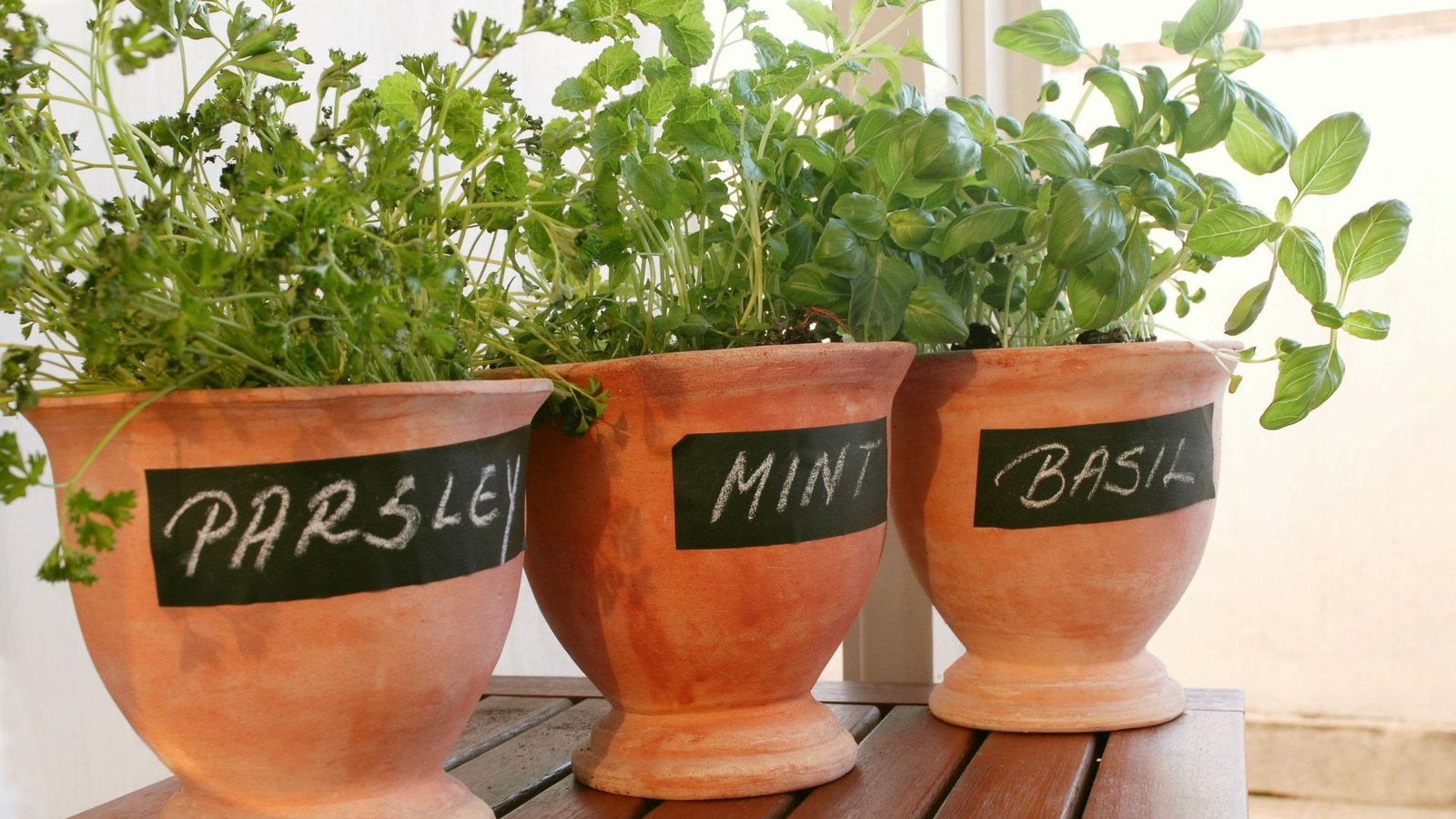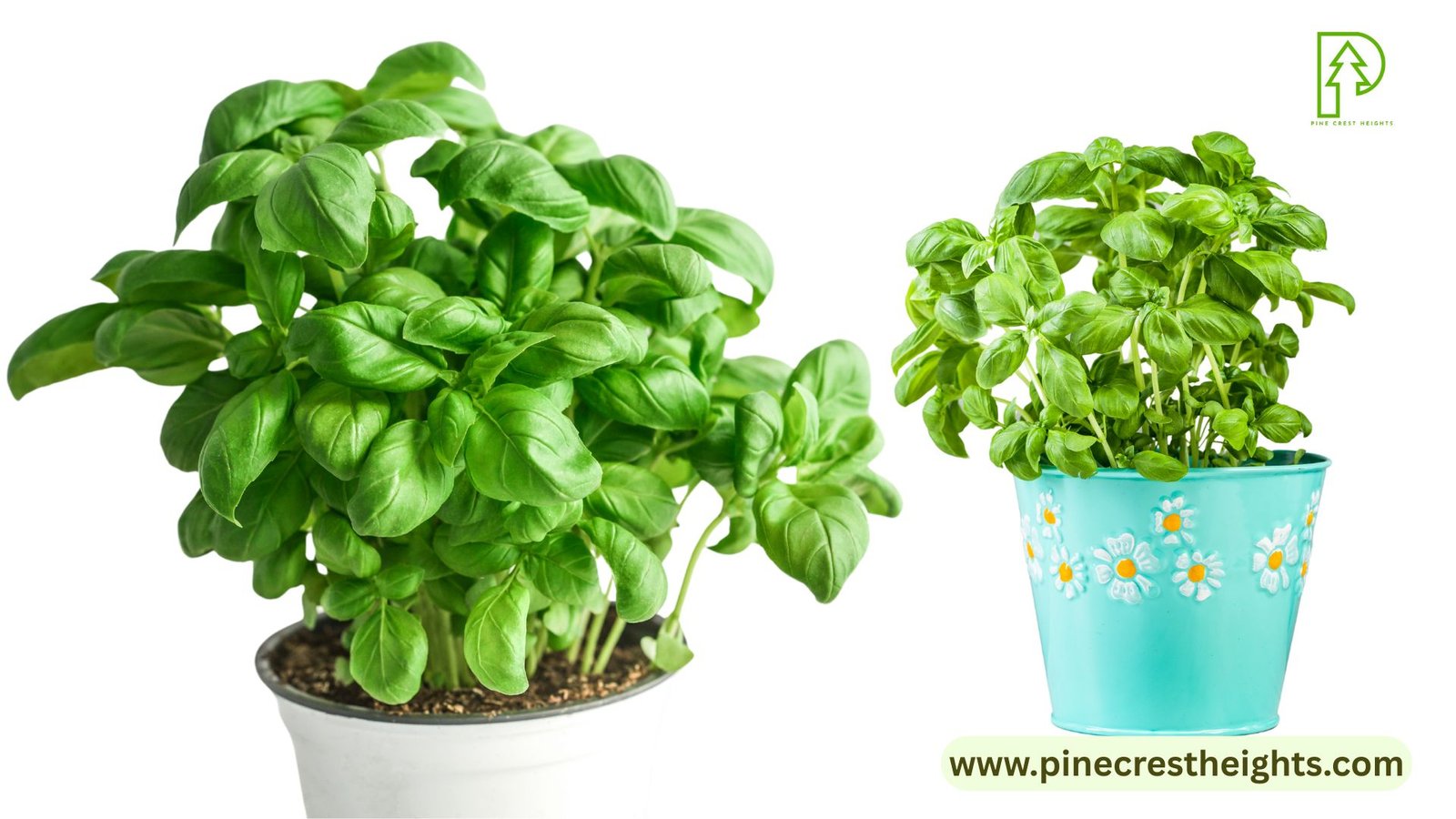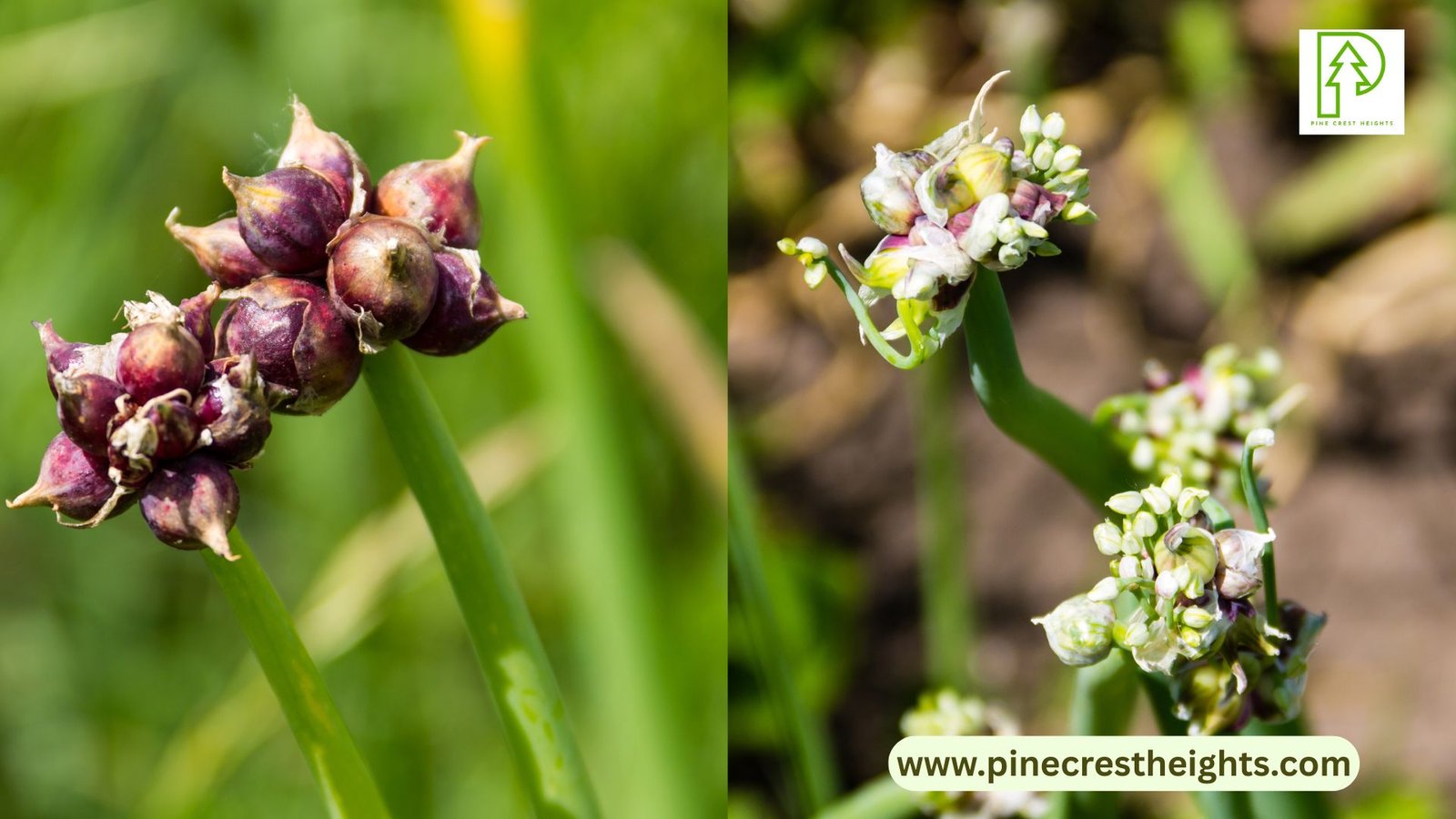
I always consider basil (Ocimum species) more than just a must-have item (in the kitchen). It is a delightful, aromatic herb. In addition, it adds flavor, fragrance, and even beauty to my indoor garden. This versatile Mediterranean herb comes in various varieties—from classic sweet basil to zesty lemon basil and spicy Thai basil. Most importantly, basil is easy to grow, rewarding to harvest, and endlessly versatile in the kitchen.
Why Basil Deserves a Spot in Your Indoor Garden
Basil serves as a two-fold staple:
Firstly, it acts as a companion to fresh tomatoes. In addition, it is a cornerstone of many Mediterranean dishes.
Secondly, it acts as a decorative food item, adding visual appeal to meals.
Whether you are planning to craft pesto or blend herbal lemonade, basil always brings a fresh and complex flavor to the table. What’s even more surprising is that it is easy to grow indoors if you follow a few simple guidelines.
How To Grow Basil Indoors:
When to Start
I start sowing basil in spring using seed-starting mix. In late spring, you can purchase young plants from a nursery. Furthermore, if you want mature basil, transplant it into a pot with high-quality commercial potting mix.

Light and Heat Requirements
Warmth and sunlight are conducive for basil to thrive. Therefore, I place my plant on a south-facing windowsill, ensuring it receives at least 6 hours of light daily. In addition, I always keep it in a warm room and maintain gentle airflow with a small table fan, not blowing directly, to promote healthy ventilation.
Watering Needs
This herb does not prefer too much or too little water. Hence, I generally water my basil every two or three days. In addition, I always make sure that the pot has sufficient drainage holes. I try not to get the leaves wet when watering to prevent fungal diseases.
Caring for Your Basil:
Once my basil matures, I try to feed it every two weeks using an all-purpose liquid fertilizer. I do it because liquid fertilizer is suitable for leafy plants.
Harvesting Tips:
I always try to pluck the leafy tips while harvesting.
Best Basil Varieties to Grow Indoors:

Below, I list several varieties of basil that suit every taste and kitchen style:
- Sweet Basil (Ocimum basilicum)
- Height & Spread: 10 x 10 in (25 x 25 cm)
- ‘Dark Opal’ (Ocimum basilicum ‘Dark Opal’)
- Height & Spread: 12 x 12 in (30 x 30 cm)
- Bush Basil (Ocimum minimum ‘Bush’)
- Height & Spread: 8 x 8 in (20 x 20 cm)
- Lemon Basil (Ocimum x citriodorum)
- Height & Spread: 12 x 12 in (30 x 30 cm)
- Thai Basil (Ocimum basilicum var. thyrsiflorum)
- Height & Spread: 12 x 12 in (30 x 30 cm)
- Spice Basil (Ocimum basilicum ‘Spice’)
- Height & Spread: 10 x 10 in (25 x 25 cm)
Creative Ways to Use Fresh Basil
Here are some ideas to inspire your kitchen creativity:
- Classic Tricolore Salad
- Herbal Basil Lemonade
- Basil Sorbet
- Thai Basil Pesto.
- Caprese Farro Salad

Hi, I’m Arpan Kundu Chowdhury, the creator of Pinecrest Heights! Gardening has always been my passion — there’s something deeply satisfying about watching plants grow, nurturing them, and finding natural solutions to everyday gardening problems. I created this website to share my knowledge and personal experiences with gardening and outdoor maintenance.
My goal is to make gardening accessible to everyone, whether starting your first container garden or managing a full backyard oasis. Through Pinecrest Heights, I bring you practical advice on plant care, pest control, garden tools, and much more. I’m constantly exploring new methods, trying out tools, and learning about plants so I can share the best tips and tricks with you.
When I’m not writing or working in the garden, you’ll find me researching the latest in sustainable gardening and eco-friendly living. I hope my articles help you create a garden you love!
Let’s dig in and grow together!





